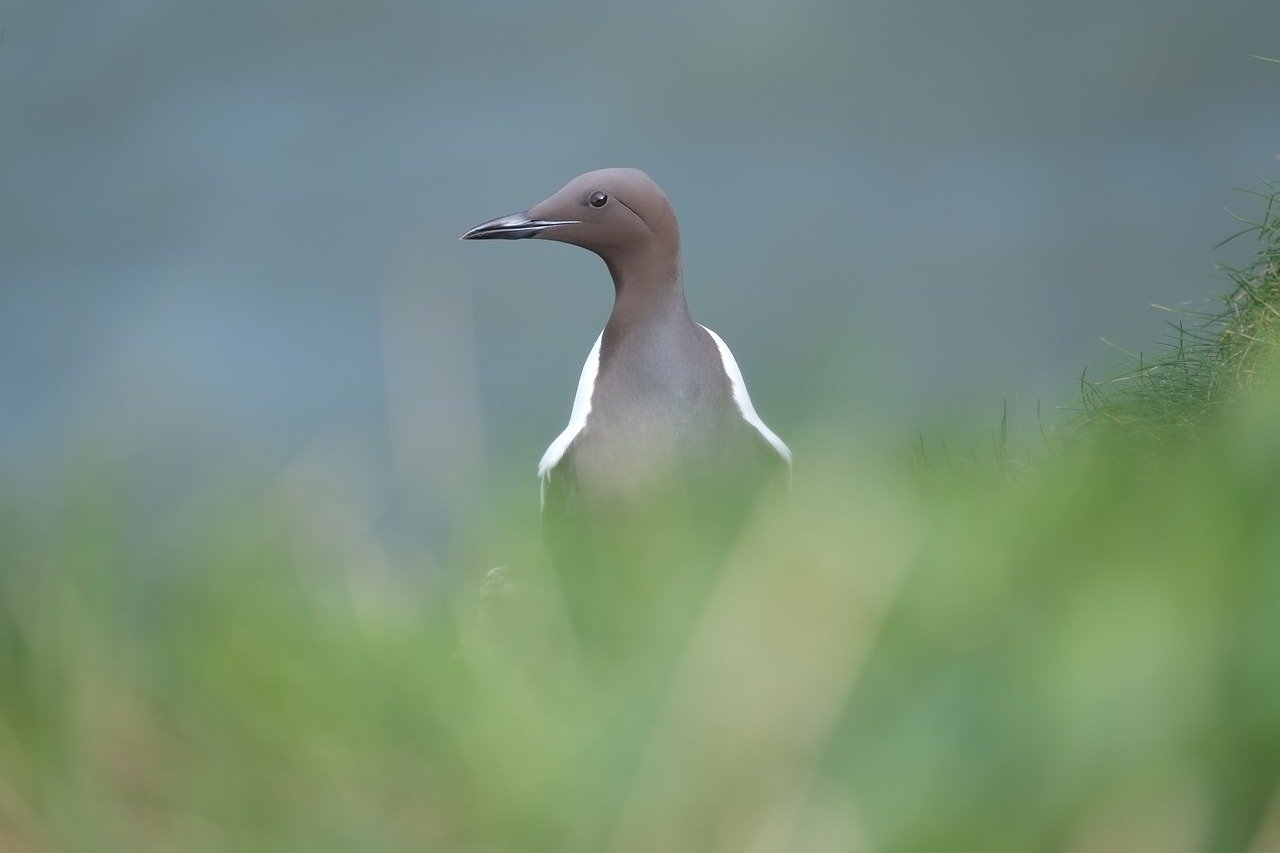Beteenden och överlevnadschanser för sillgrissleungar Uria aalge i Östersjön när de lämnar sina boplatser
DOI:
https://doi.org/10.34080/os.v22.22596Nyckelord:
häckningsframgång, ungfågeldödlighet, borymningAbstract
Common Guillemots Uria aalge often breed high up in cliffs, forcing the juveniles to jump down to the beach or sea when leaving their nests. We studied survival of Common Guillemot chicks at time of nest departure on the island Lilla Karlsö in the Baltic Sea. All jumps were conducted either together with one of the parents, or, more commonly, the parent flew down shortly before the chick jumped. At this point, the parent was always found waiting for the chick directly underneath the nest, either on the beach or in the water, and never farther out than five meters if there was no beach below the cliff. If separated, all observed parents and juveniles reunited within one minute and then swam close together out to sea. Juvenile mortality was very low, only 0.5% in 2011, with 2 of 426 chicks dying. In both cases hitting a lower cliff ledge caused the mortality. No case of predation was observed. The high survival rates are most likely due to the chicks’ close proximity to their male parent at all times.
Nedladdningar

Downloads
Publicerad
Referera så här
Nummer
Sektion
Licens
Författaren/författarna innehar copyright för varje enskilt bidrag, men samtliga bidrag är publicerade under en Creative Commons-licens, så att vem som helst kan dela och återanvända bidraget förutsatt att copyright-innehavaren erkänns.







